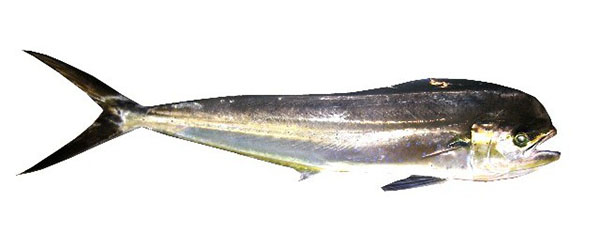Fishes
Cooking methods
Mahi Mahi

Rating
Standard Names
Mahi Mahi, Pompano Mahi Mahi
Mahi Mahi are a popular recreational game fish, but commercial catches are minor. They are found in most open tropical waters worldwide. In Australia they are caught by trolling in WA, NT, QLD and far northern NSW, often as bycatch of the Tuna fishery. They are believed to be very fast growing and short-lived. They are caught mainly in summer and autumn due to water temperatures and migratory habits. Also known as Dolphinfish and Dorado.
| Government Stock Assessment | ||||
| Overfishing | Biomass | AMCS Listing | Accreditations | |
| Commonwealth (Eastern Tuna & Billfish Fishery) |
Sustainable | Eat Less | Mahi Mahi caught by Walker Seafoods Australia are certified sustainable by the MSC | |
| NSW | Undefined | – | ||
| What do these terms mean? | ||||
The why and how of sustainability
There are no formal stock assessments of Mahi Mahi, and no catch limits in the Eastern Tuna and Billfish Fishery (where it is considered a minor byproduct species). However, Mahi Mahi is generally thought to be a resilient and sustainable species as it is fast growing, has a short life-cycle, and is not subject to excessive fishing pressure. The AMCS listing is predominantly due to concerns about the bycatch associated with longline fisheries.
Preparation and cooking
MAHI MAHI are well regarded food fishes overseas, but are less well known in Australia except by fishermen.
They have firm, flavoursome flesh that make excellent steaks for grilling or BBQ’ing. The meat is also suitable for curries, keeping its shape well and holding up to strong flavours.
Darker meat has a stronger flavour than pale or white meat.
YELLOWTAIL KINGFISH is firm, meaty and flavoursome like Mahi Mahi, and can be grilled or BBQ’d as an alternative. Like Mahi Mahi it holds its shape well in wet preparations such as curries or casseroles.




